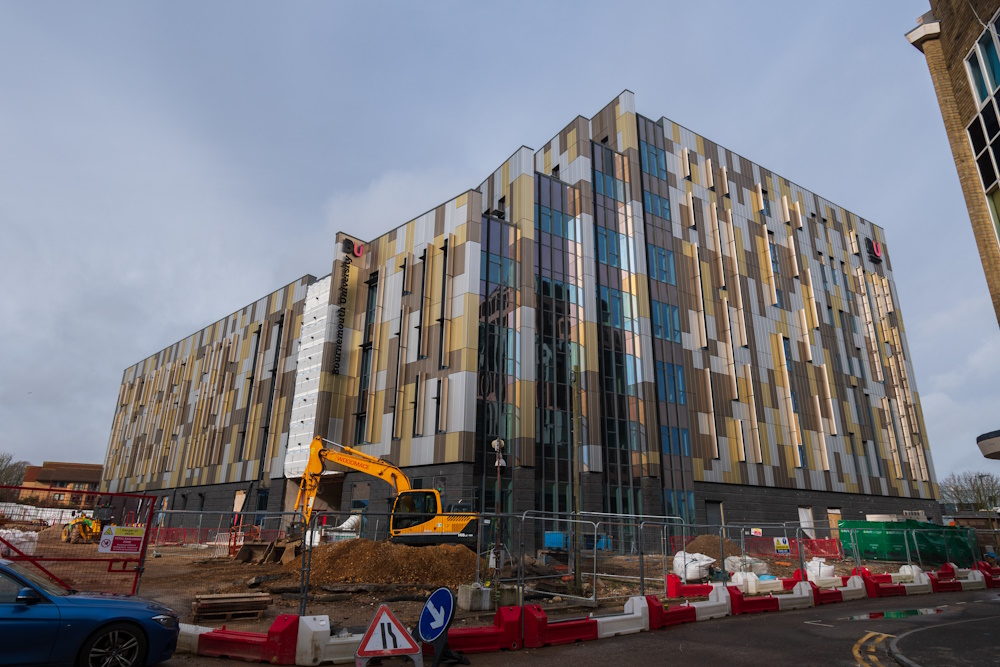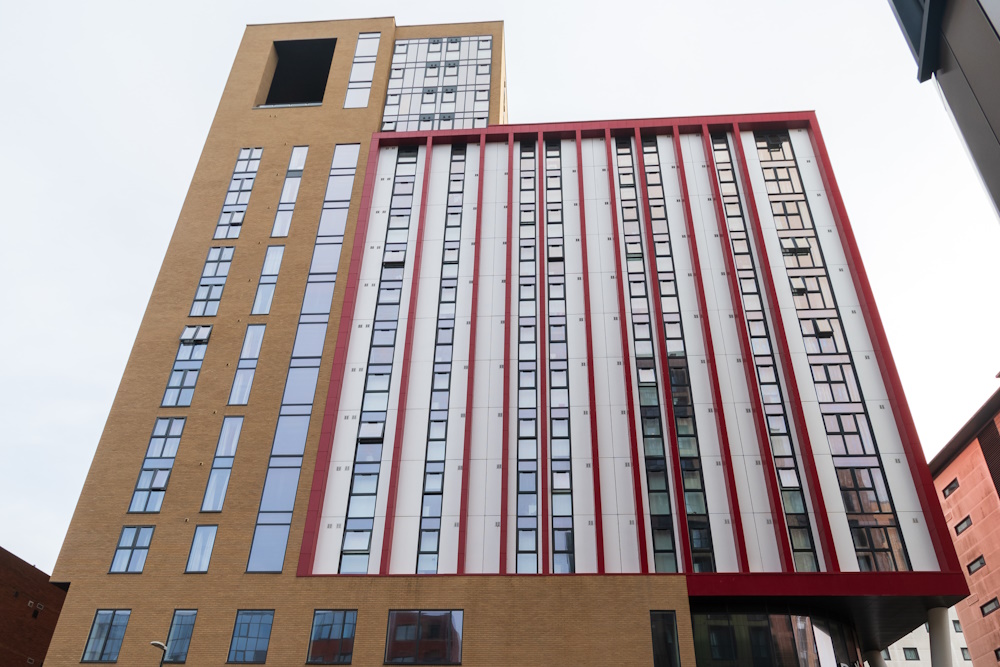Fire-resistant cladding has emerged as a critical element in contemporary construction.
With the increasing importance placed on building safety and protection, the integration of fire-resistant cladding materials has become paramount. This article delves into the significance of fire-resistant cladding, its composition, and its role in enhancing the fire safety of buildings.
By examining the benefits, materials, and regulations associated with fire-resistant cladding, we can better understand its importance in mitigating the devastating consequences of fire incidents.

Appropriate accreditations
Staff accreditations are essential because they ensure that the staff members have the necessary skills and knowledge
Committed and dedicated team
Our team work together, take individual responsibility, put in extra effort, and sacrifice personal time to meet deadlines
Monitoring and estimating
Systems for estimating such as ERP are important tools in our trade as they help us plan and execute projects
We get the job right first time
By planning and preparing as much as possible, we know we're going to get the job done right the first time
Good work ethics and values
All of our staff work to strict guidelines governing their approach to work including punctuality and commitment
One stop shop
By employing staff from a range of various trades, we're able to simplify the buying process

Fire-resistant cladding serves as a proactive measure to minimize the risk of fire spread within buildings. It acts as a barrier, protecting the structure and its occupants from potential fire hazards. By using materials that are resistant to flames, heat, and smoke, the cladding significantly slows down the progression of a fire and prevents its vertical or horizontal spread.
In addition to safeguarding lives, fire-resistant cladding helps minimize property damage, ensuring the structural integrity of buildings during fire incidents. It also aids in reducing the reliance on fire suppression systems by providing an additional layer of protection.
Fire-resistant cladding is composed of various materials specifically designed to resist fire. One of the most commonly used materials is fiber cement, which comprises a mixture of cement, cellulose fibers, and additives. Fiber cement cladding offers excellent fire resistance and durability, making it a popular choice for commercial and residential applications.
Another material used for fire-resistant cladding is metal, particularly steel and aluminium. Metal cladding not only provides superior fire resistance but also offers robustness and longevity. It is often used in high-rise buildings and structures where fire safety is of utmost importance.
Many countries have stringent regulations and standards governing fire-resistant cladding in building construction. These regulations aim to ensure the use of safe and reliable materials, as well as appropriate installation practices. Compliance with these standards helps mitigate the risk of fire incidents and enhances the overall fire safety of buildings.


